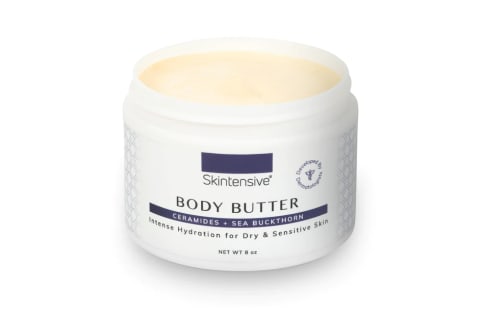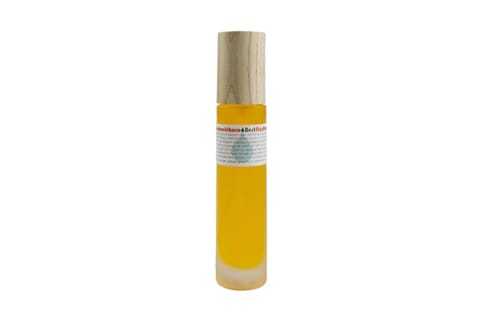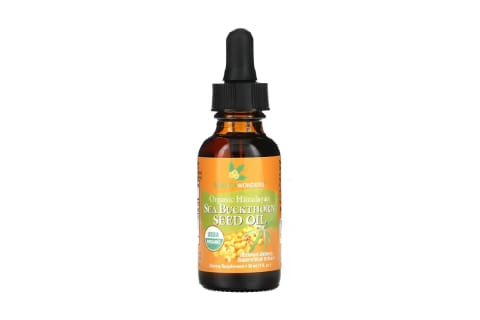However, you can take part in eco-friendly slugging by using botanicals rich in fatty acids. One example is sea buckthorn oil—a natural oil that comes from tiny orange berries. Here’s why we love it for slugging, color correcting, and more. In more recent years, sea buckthorn oil has gained popularity for its skin-softening properties, though it’s also been used topically for centuries. The fatty acid properties are similar to other botanical oils, but its nutrient profile is particularly rich. There are two forms of sea buckthorn oil: One that is made from the leaves and roots of the plant and the berry oil. The latter has a distinct orange hue and is where the skin-loving properties are held. So when you’re shopping for a product, be sure to look for berry oil. Seaberries are not only a good source but arguably one of the best sources of these nutrients. “Sea buckthorn extract has one of the highest concentrations of flavonoids and phenolic compounds,” board-certified dermatologist and founder of Skintensive Anar Mikailov, M.D., FAAD, tells mbg. As a quick refresher, antioxidants are essential to maintaining healthy skin. See, when free radicals interact with your skin, they trigger oxidative stress—something that leads to accelerated skin aging and general stressed-out skin. “Studies have shown that sea buckthorn is acne-skin friendly as it helps normalize sebaceous glands from producing excess sebum,” Mikailov explains. However, you’ll want to be careful when shopping for sea buckthorn products. While the oil itself may not clog your pores, other filler ingredients may. For a quick and easy way to double-check your products, copy the full ingredient list (generally found online) into this pore-clogging ingredients checker from Acne Clinic NYC. “However, it’s the overall combination of all these compounds in sea buckthorn extract—the antioxidants, vitamins, fatty acids—that gives it its pro-collagen remodeling benefits, increase skin hydration by improving the skin barrier to reduce transepidermal water loss1 (TEWL),” he adds. Not to mention, a 2017 animal study2 proved that sea buckthorn oil can be a helpful remedy for those with eczema. When looking for eczema-safe products, keep an eye out for essential oils and other potentially irritating additives. This is why sea buckthorn oil is such a great slugging tool—it’s deeply hydrating and simultaneously nourishes the skin (unlike petrolatum-based jelly, which simply holds moisture). Even the most sensitive skin types can benefit from this oil. “Clinical trials, animal experiments, as well as clinical practice have shown great anti-inflammatory benefits of the oil,” Koestline says. She adds that it can also support wound healing for burns and even scars. “It’s been shown to have antimicrobial properties as well,” Mikailov says about the ingredient. This makes sea buckthorn oil one of the better options for those with acne-prone skin than heavier ones like coconut oil. Plus, not everyone likes the feeling of body lotion—so body oils may be a worthy alternative to consider. “Fatty acids, as well as vitamins present in sea buckthorn oil, can provide nourishment and hydration to the scalp and support the structure of the hair,” Marcus adds. When the topical application is combined with scalp massage, the benefits are even more impressive. In one clinical study, participants who regularly massaged their scalps saw an increase in hair thickness3. As mentioned above, this oil helps regulate oil production on the skin, which is ideal for those prone to an oily scalp too. “It is extremely orange and can stain your clothes and skin, if used in large amounts. I therefore advise people to mix a few drops of this oil in your moisturizer or serum before application,” Koestline says. Once you have your sea buckthorn oil and carrier oil at the ready, there are a few different ways to use it. To reap the most benefits, consider the following:






